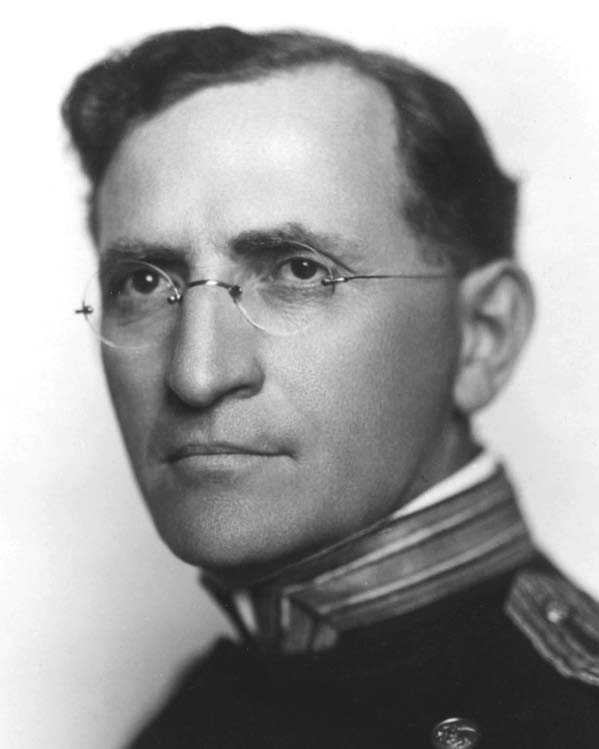Orthomolecular Medicine Hall of Fame
Inducted 2008“Goldberger is my model of a brilliant scientist.” – Abram Hoffer, MD, PhD
Joseph Goldberger was born in 1874 and studied medicine at Bellevue Hospital Medical School in New York, graduating with honors in 1895. After an internship at Bellevue Hospital College, he engaged in private practice for two years and then joined the Public Health Service Corps in 1899. During routine work as a quarantine officer on Ellis Island, Goldberger rapidly acquired a reputation for outstanding investigative studies of various infectious diseases, including yellow fever, dengue fever, and typhus. Goldberger devoted the latter part of his career to studying pellagra. After quickly contradicting the contemporary general belief that pellagra was an infectious disease, he spent the last 15 years of his life trying to prove that its cause was a dietary deficiency. During the first half of the 20th century, an epidemic of pellagra produced roughly 3 million cases in the United States, about 100,000 of which were fatal. (From: Elmore JG, Feinstein AR. Joseph Goldberger: an unsung hero of American clinical epidemiology. Ann Intern Med, 1994 Sep 1;121(5):372-5.)
Abram Hoffer adds: “In the early 1940s, the United States government mandated the addition of niacinamide to flour. This eradicated the terrible pandemic of pellagra in just two years, and ought to be recognized as the most successful public health measure for the elimination of a major disease in psychiatry, the pellagra psychoses. The reaction of contemporary physicians was predictable. Indeed, at the time, Canada rejected the idea and declared the addition of vitamins to flour to be an adulteration. The United States has long been the leading nation in nutrition research.”
Knowledge comes at a cost: Goldberger had yellow fever, dengue, and very nearly died of typhus. The US National Institutes of Health says he “stepped on Southern pride when he linked the poverty of Southern sharecroppers, tenant farmers, and mill workers to the deficient diet that caused pellagra.” (http://history.nih.gov/exhibits/goldberger/index.html)
In the end, Goldberger was nominated for the Nobel Prize. Had he not died earlier in the year, he might well have shared it in 1929 with vitamin researchers Christiaan Eijkman and Frederick G. Hopkins.
Alan Kraut’s prize-winning book, Goldberger’s War: The Life and Work of a Public Health Crusader (2003) is an excellent source on this outstanding pioneer.



